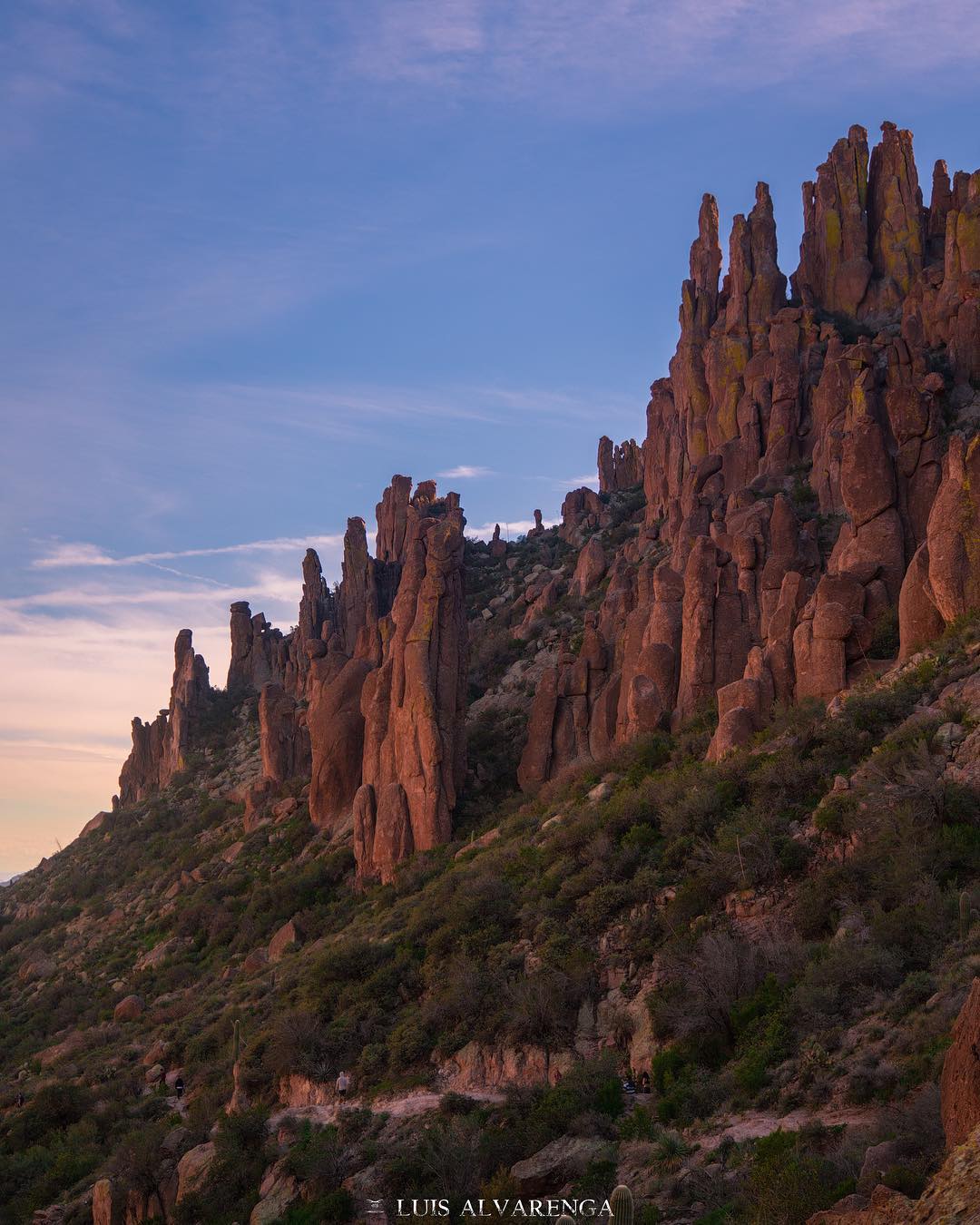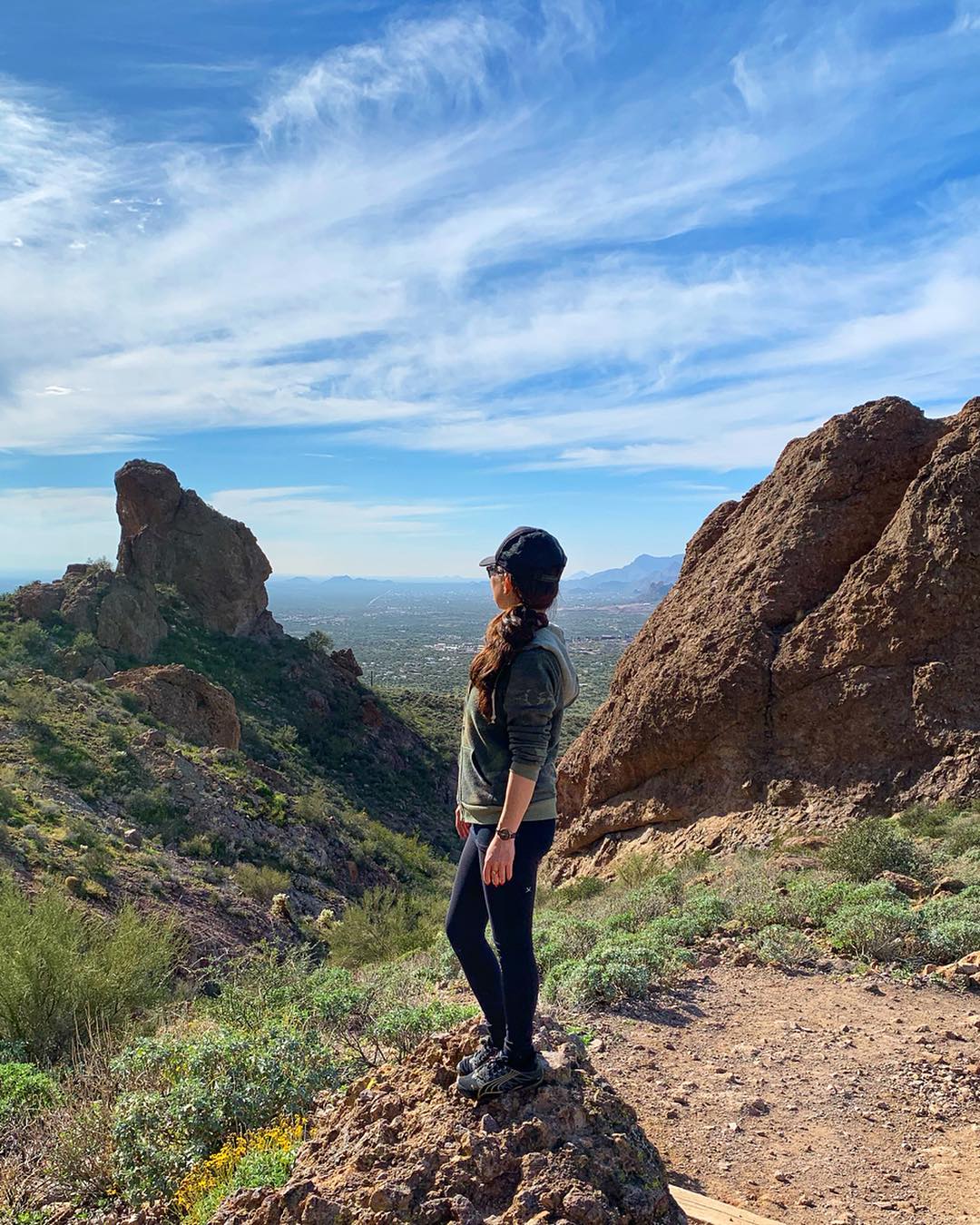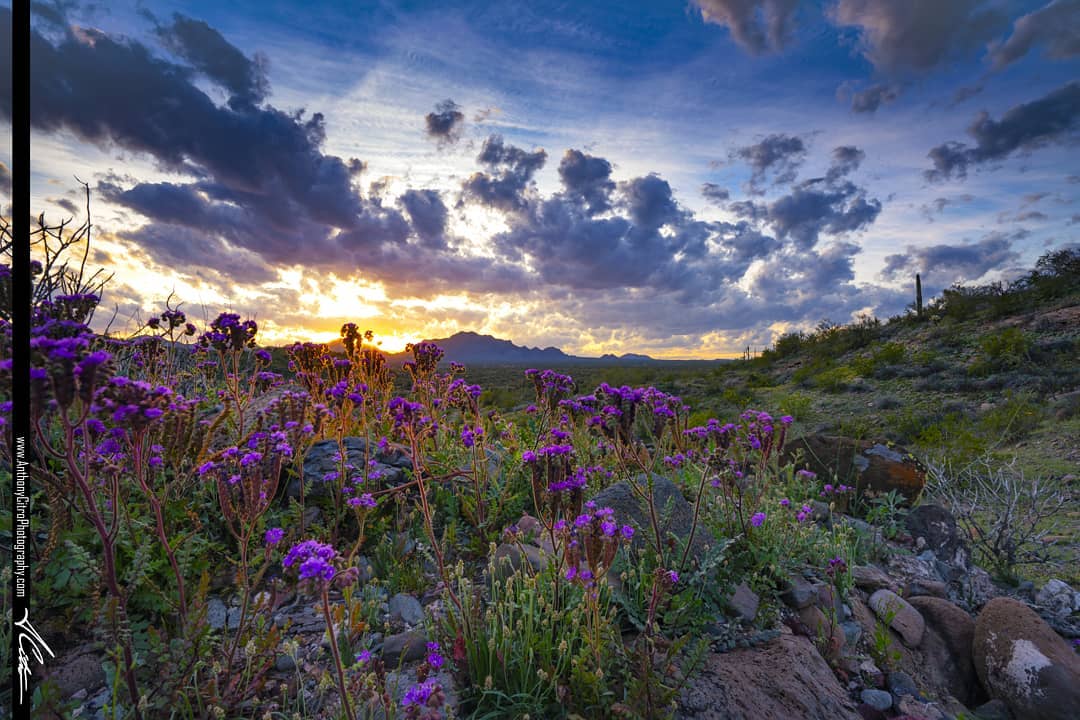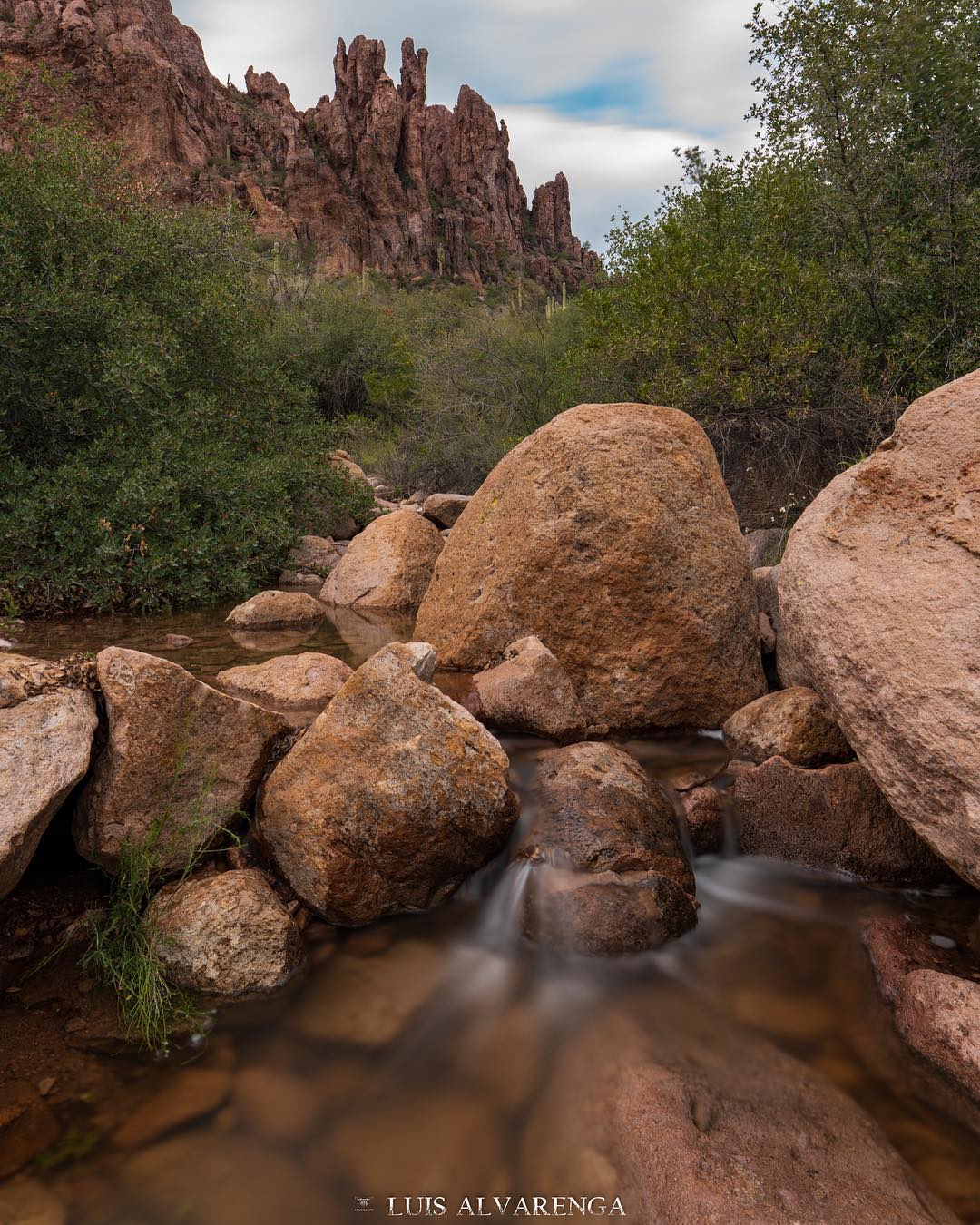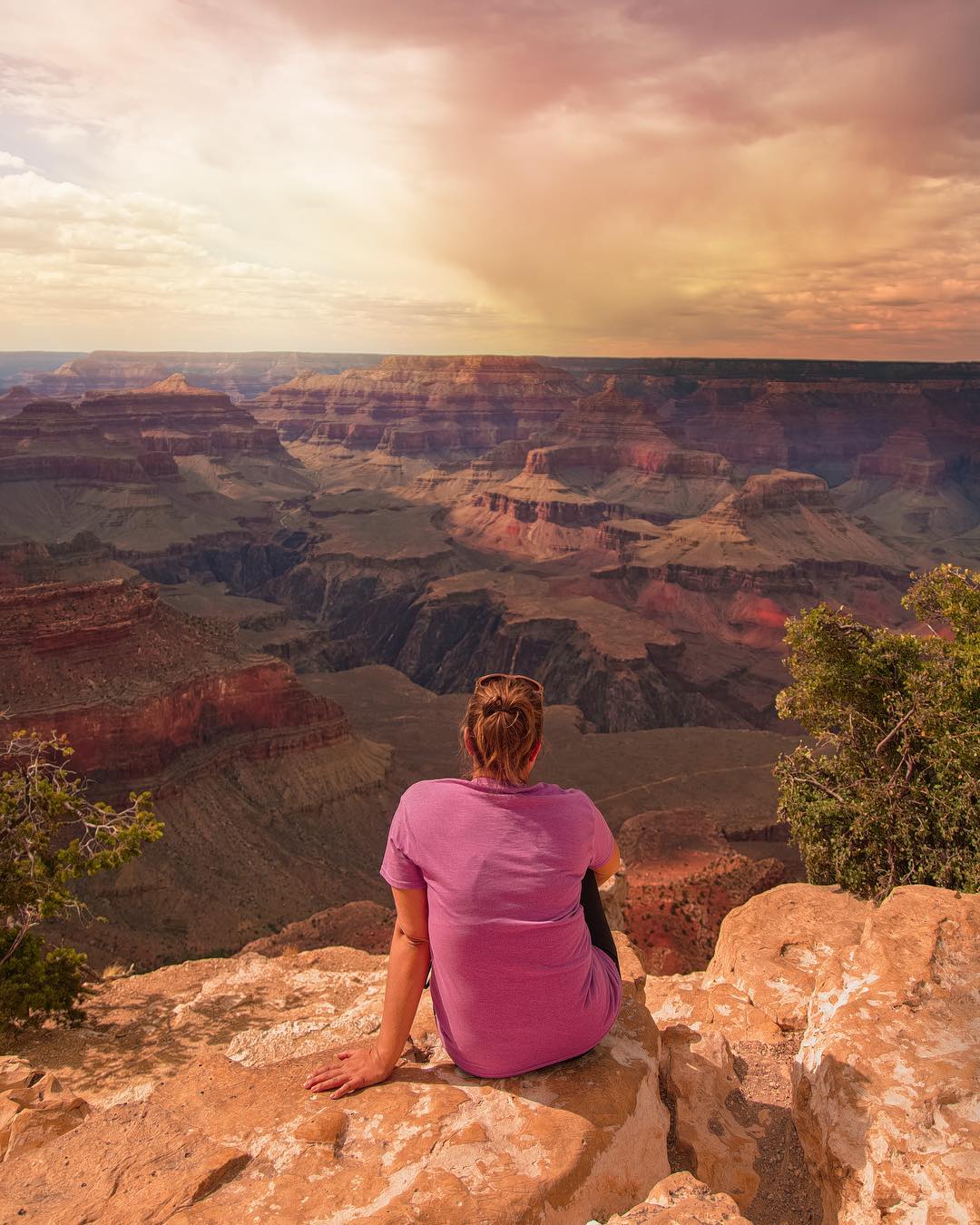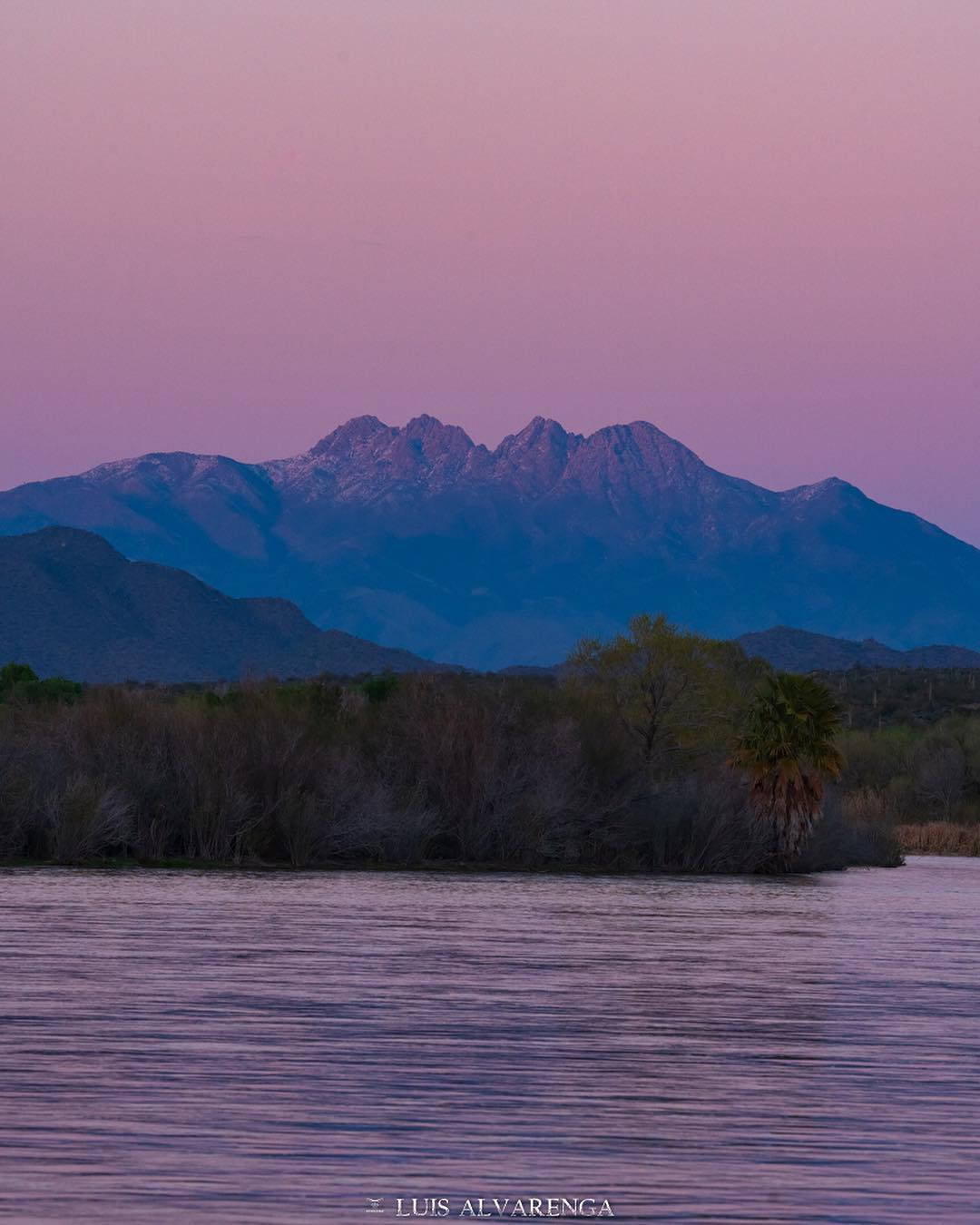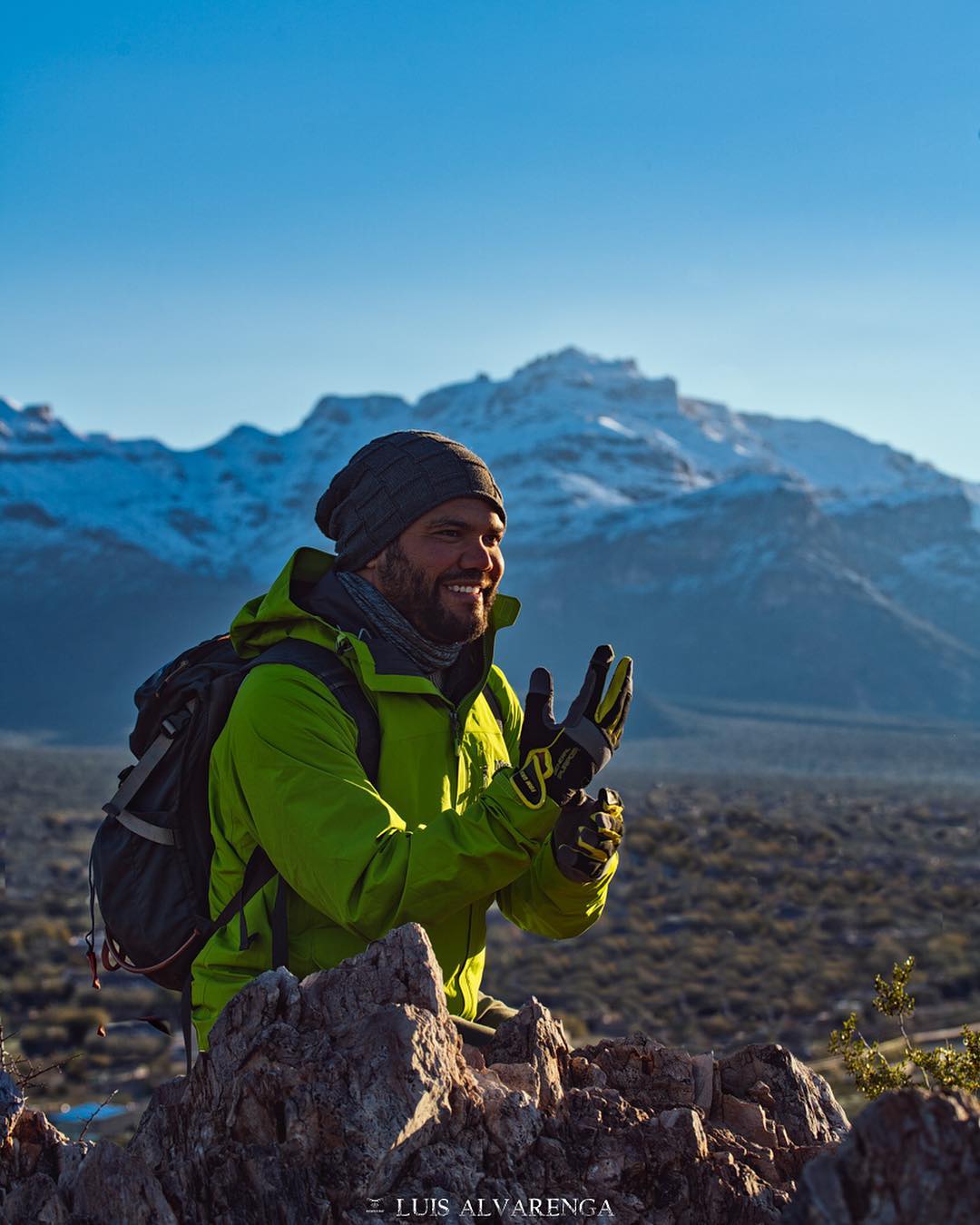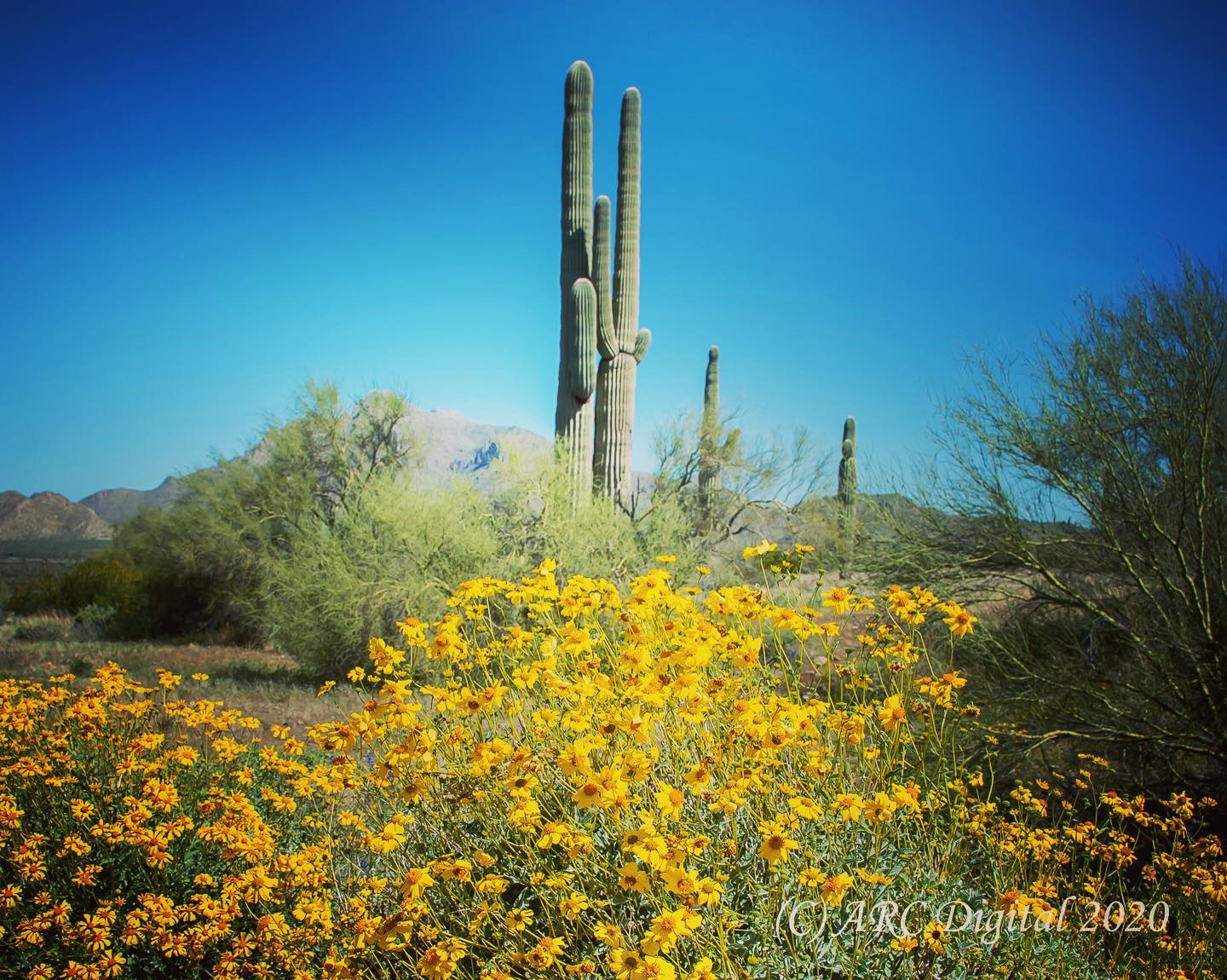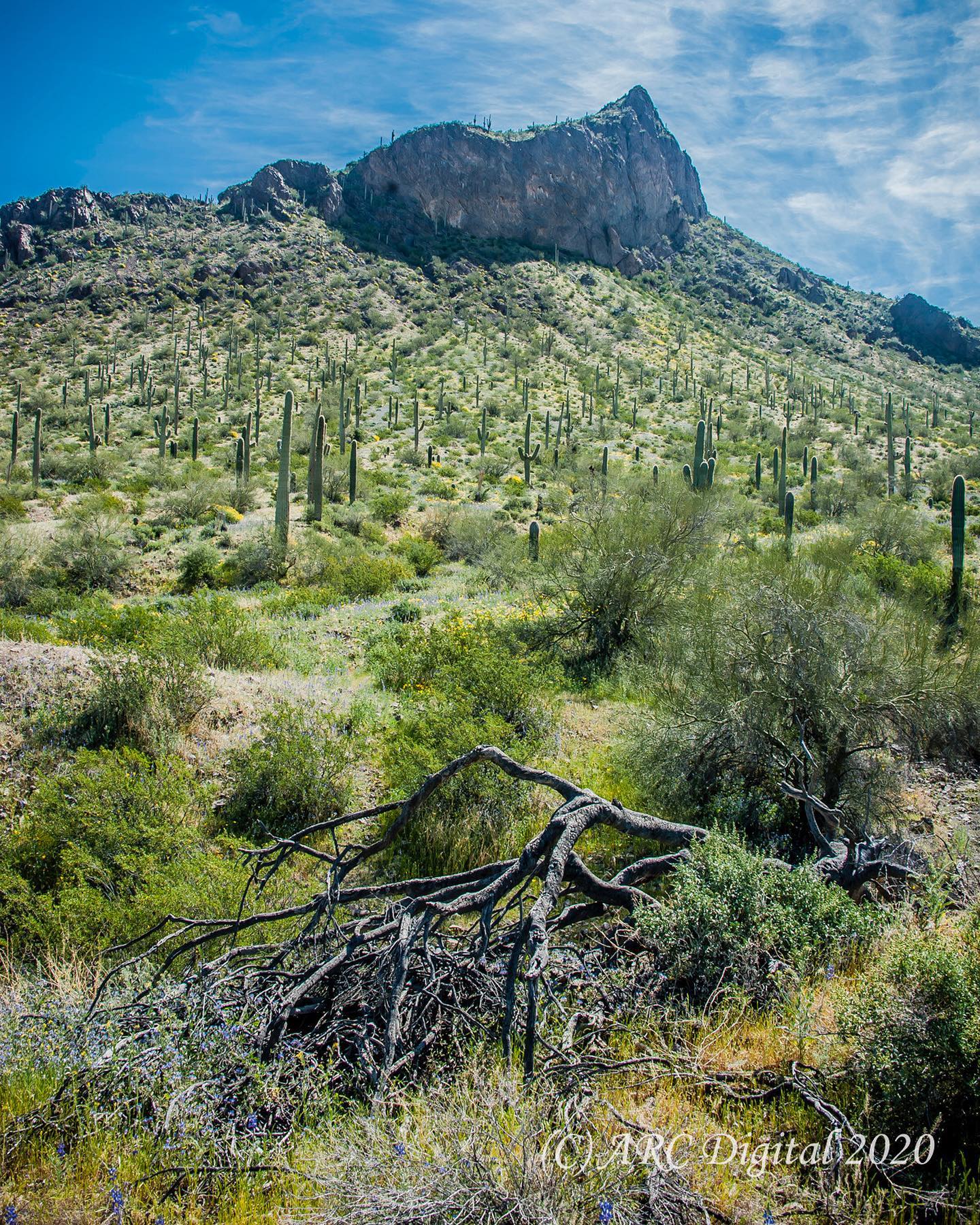
Arizona State Parks and Trails
Arizona State Parks and Trails
Back to nature - hiking and trails
Arizona State Parks and Trails is a state agency responsible for managing, preserving, and promoting the natural, cultural, and recreational resources within Arizona's state parks and trail systems. Established in 1957, the agency oversees a diverse range of parks and recreational areas, each offering unique experiences, from outdoor activities to historical and cultural exploration.
Arizona State Parks and Trails manages a variety of trails suitable for hiking, biking, and horseback riding. Notable trail systems include:
Arizona State Parks and Trails is committed to conservation efforts, protecting natural landscapes and ecosystems while providing educational programs for the public. This includes interpretive programs, ranger-led activities, and educational outreach to schools and communities.
Visitor Information
Visitors can find detailed information about park locations, amenities, fees, and events on the Arizona State Parks and Trails official website. The site provides resources for trip planning, including maps, park guides, and information on current conditions and special events.
Arizona State Parks and Trails plays a crucial role in preserving the state’s natural beauty and providing recreational opportunities for residents and visitors alike. Whether you’re interested in exploring underground caverns, enjoying water sports, hiking scenic trails, or delving into Arizona’s history, there’s something for everyone to enjoy.
Park Highlights
- Kartchner Caverns State Park: Home to stunning limestone caves discovered in 1974, Kartchner Caverns features impressive stalactites and stalagmites. The park offers guided tours of the caverns, a visitor center with exhibits, and hiking trails.
- Lake Havasu State Park: Located on the shores of Lake Havasu, this park is popular for boating, fishing, and camping. It also features the famous London Bridge, relocated from England in the 1960s.
- Red Rock State Park: Near Sedona, this park is known for its beautiful red sandstone formations and offers hiking, wildlife viewing, and environmental education programs.
- Lost Dutchman State Park: Named after the legendary Lost Dutchman’s Gold Mine, this park is located in the Superstition Mountains and provides opportunities for hiking, camping, and enjoying scenic desert landscapes.
Trails
Arizona State Parks and Trails manages a variety of trails suitable for hiking, biking, and horseback riding. Notable trail systems include:
- The Arizona Trail: An 800-mile trail that stretches from the Mexican border to Utah, traversing deserts, mountains, canyons, and forests.
- The Black Canyon Trail: This trail runs through the Sonoran Desert and is favored by mountain bikers and hikers.
Recreation and Activities
- Camping: Many parks offer camping facilities, from developed campgrounds with amenities to primitive, backcountry sites.
- Water Activities: Parks with lakes and rivers, like Patagonia Lake State Park and Roper Lake State Park, provide opportunities for swimming, boating, and fishing.
- Wildlife Viewing: Arizona’s diverse ecosystems support a wide range of wildlife. Parks like Dead Horse Ranch State Park and Catalina State Park are excellent for birdwatching and spotting other wildlife.
- Historical and Cultural Sites: Parks such as Jerome State Historic Park and Tubac Presidio State Historic Park offer insights into Arizona’s rich history and cultural heritage.
Conservation and Education
Arizona State Parks and Trails is committed to conservation efforts, protecting natural landscapes and ecosystems while providing educational programs for the public. This includes interpretive programs, ranger-led activities, and educational outreach to schools and communities.
Visitor Information
Visitors can find detailed information about park locations, amenities, fees, and events on the Arizona State Parks and Trails official website. The site provides resources for trip planning, including maps, park guides, and information on current conditions and special events.
Arizona State Parks and Trails plays a crucial role in preserving the state’s natural beauty and providing recreational opportunities for residents and visitors alike. Whether you’re interested in exploring underground caverns, enjoying water sports, hiking scenic trails, or delving into Arizona’s history, there’s something for everyone to enjoy.
Location
1110 W. Washington Street, Suite 100Address
Phoenix, AZ 85007Phone
(480) 589.8877Website
https://azstateparks.com/Other links
Who we arehttps://azstateparks.com/who-we-are
Find a Park
https://azstateparks.com/find-a-park
Donate to Parks
https://azstateparks.com/donate
Contact Us
https://azstateparks.com/contact-us
Post by: Site Team
×
More of Associations Organisations

The Spotted Horse and Pony Society

American Miniature Horse Club GB

The British Horse Society

Medical Equestrian Association NI

BSPS Scottish Branch Secretary

Equine Lawyers Association

National Inst of Medical Herbalists

Lipizzaner Society of Great Britain
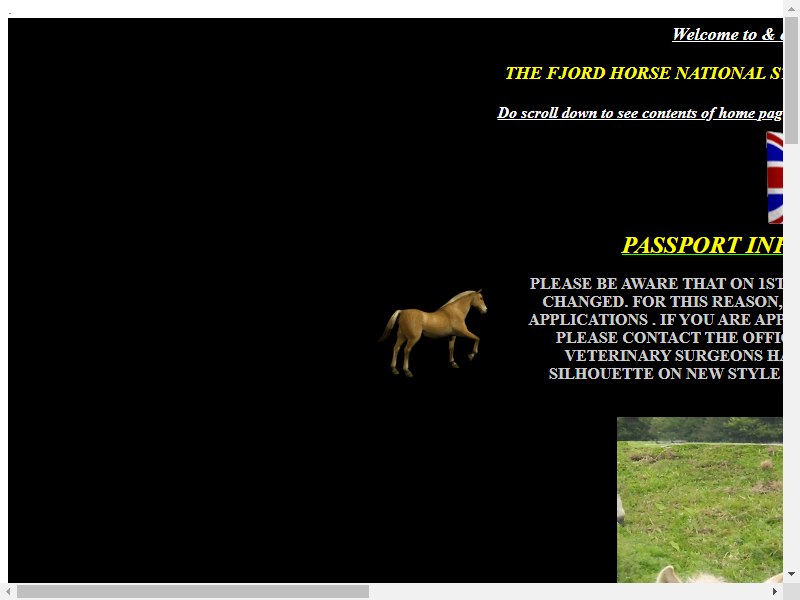
Fjord Horse National Stud Book

Worshipful Company of Coachmakers
